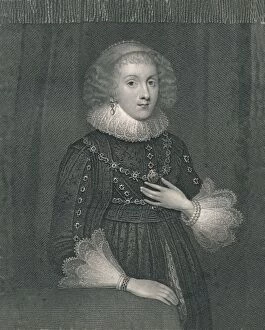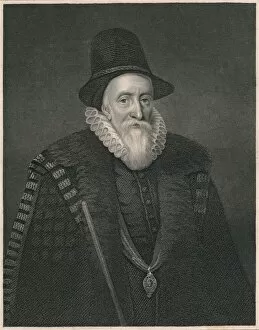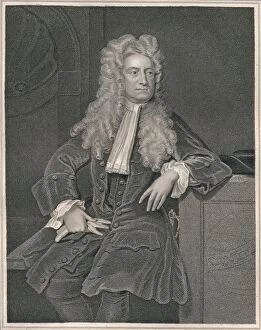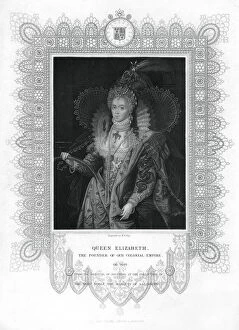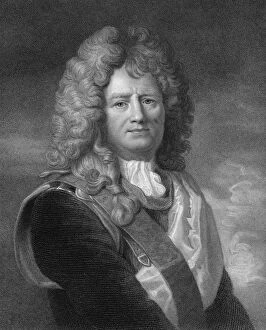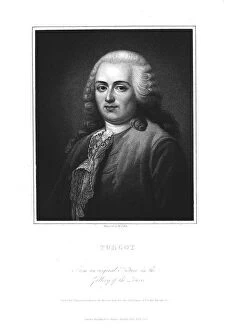Wt Fry Collection
"Capturing the Essence of History
For sale as Licensed Images
Choose your image, Select your licence and Download the media
"Capturing the Essence of History: The Artistry of William Thomas Fry" Step into the world of renowned artist William Thomas Fry as he brings historical figures to life through his exquisite portraits. From Mary Sidney, Countess of Pembroke, to Sir Isaac Newton, Fry's talent for capturing the essence and personality of these iconic individuals is truly remarkable. In his early 19th-century masterpiece, Fry immortalizes Mary Sidney, Countess of Pembroke, a prominent figure in English literature and patronage. Her intelligence and creativity shine through in every stroke of the brush. Moving forward in time, we encounter Mary Queen of Scots portrayed with elegance by Fry. This portrait transports us back to her tumultuous reign and allows us a glimpse into her regal presence. Fry's attention to detail is evident when observing his depiction of Thomas Sackville, Earl of Dorset from c1600. The intricacy with which he captures each feature showcases both his technical skill and deep understanding of historical context. One cannot help but be captivated by Fry's portrayal of Sir Isaac Newton during the early-mid 19th century. His genius is palpable as he gazes intently at unseen wonders yet to be discovered. As we delve further into British history, we come across Robert Jenkinson, 2nd Earl Liverpool - a notable politician and Prime Minister during the year 1835. Through this portrait, Fry expertly conveys Liverpool's leadership qualities that guided Britain during an important era. Elizabeth I graces another one of Fry's masterpieces from 1832. With her piercing gaze and majestic aura captured on canvas forevermore; it serves as a testament to her influential role in shaping England's golden age. Fry also pays homage to Elizabeth I once again with another stunning rendition created in the 19th century. This particular piece emphasizes her strength and determination as she navigated treacherous political waters throughout her reign.

